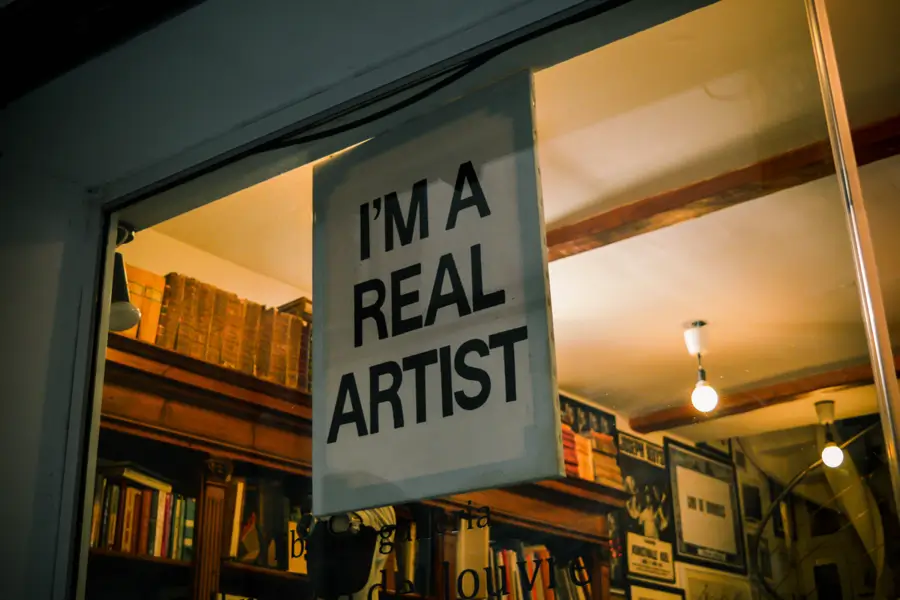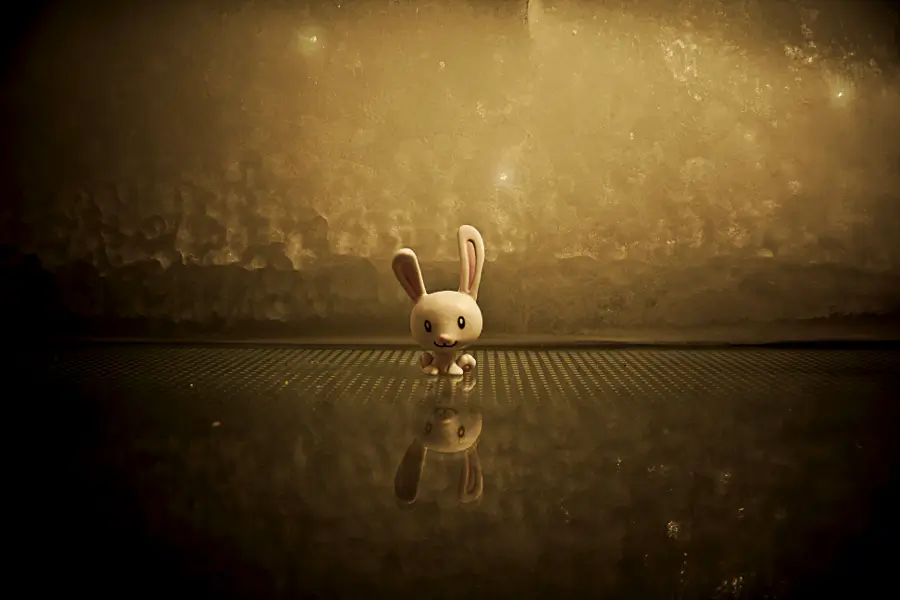
PROFESSIONAL DEVELOPMENT

Breathing life into fixed static images and objects through the process of animation is one of the most magical and entertaining art forms. Although the rudiments of animation date back to paleolithic cave paintings; it could be said the emergence of the film industry and the efforts of Walt Disney did for the art of animation what animation initially did for drawings: they gave them life. For the first time ever, eager audiences could experience, with their very own eyes, the imaginations of artists shared through a medium that could educate as well as entertain the masses.
The essence of animation was, in fact, ushered into the 19th century when, in 1868, John Barnes Linnett patented the “Flip Book.” Known also as a “Flick Book” or “Kineograph,” the viewer holds a relatively small picture book in one hand and literally “flips” through the book with the other by pressing the thumb against the pages while slightly bending the paperback. Utilizing persistence of vision to create an optical illusion, the eye perceives continuous motion from a series of near-exact, yet progressively variating drawings. In 1912, Max Wertheimer, one of the founders of the Gestalt school of thought, named this illusion the “Phi Phenomenon.”
Somewhat of an artistic hybrid—half book and half movie, this perception of motion would go on to form the foundation of Hugo Munsterberg’s theory of film.
As the entertainment industry utilized the benefits of scientific advancement in the 20th and 21st centuries, the field of animation underwent major changes and developments. In the 20th Century, most animation was “classical” or “traditional.” With the advent of sophisticated technologies, various phases of development led to an abandonment of hand-drawn images and the emergence of sophisticated computer-generated imagery or “CGI.” Animation no longer depended on the artist’s drawing skill but rather their mastery of animation software and programming techniques.
Before the emergence of mechanization within the realm of art, classical animation was referred to as “cel animation” or “hand-drawn.” As the latter term suggests, each figure or object was drawn by the artist in minute stages of movement. Each of these drawings was done on an acetate sheet or “cel.”
This is the animation one finds in the flipbook. By combining speed in viewing and minute drawing changes, movement appears to occur. However, motion is an optical illusion, or as mentioned earlier, resulting from the pi phenomenon.
When contemplating the amount of effort and precision required for each image, one can accurately deduce the process as time-consuming, laborious, and costly. Since the art of animation was initially promulgated by the entertainment industry, profit-driven business executives were primed to welcome the advent of less expensive techniques.
The basic theory of traditional animation is utilized in stop-motion animation; however, what is animated shifts from something hand-drawn to an object made of any number of materials: clay, wood, plastic, glass, and paper, just to name a few. The “Gumby Show” is an example of one popular television show created with stop-motion animation. In this technique, the object(s) is photographed at various stages of nearly imperceptible alterations. When shown in rapid succession, the illusion of independent movement is created when, in fact, there was none, absent the animator’s continuous change in placement. As entertaining as these creations were and are to audiences of all ages, as with the traditional mode of hand-drawn animation, the process proved to be labor-intensive and expensive and, therefore, rarely used.
While “digital” was once a term referring to mysterious leading-edge devices, today, it is a household adjective used to describe a plethora of items and processes. Digital animation is the most cost-effective and widely used method of producing animation for any number of purposes and is applied to both 2D and 3D projects. Computer-generated images (CGI) are constructed on a computer monitor, a process also referred to as modeling. For 2D animation, traditional animation theory is applied via keyframes with layering. Movement is generated by automated computer calculations that “tween” or “morph” the object of animation, creating varying frames which are then rendered as needed.
As you might have guessed, 3D animation is a bit more complicated. As before, the animator begins by creating a model on the computer. The modeling process can be done in several various ways. Objects are modeled via skeletons or a polygon mesh, which serve to create visual dimensions to the subject matter. The model often resembles a marionette or puppet with strings.
This digital art form creates life-like images that can be used for medical, scientific, entertainment, architectural, educational—as well as many other purposes. The key to this method is realism and true-to-life likeness, often despite preposterous settings and circumstances. You often find this technique used in films that depict events such as underwater travel, airplane stunts, acts of God, or other cataclysms. However, it is also used for accident reconstruction, creative advertising, and other more general depictions.
Almost a “2 steps forward and 1 step back” method, cel-shading or flat-shading takes a 3D model and restricts shading colors and tints to make the image appear flatter – much like traditional animation. Although not a widely popular choice in the film and television industry, it is frequently used in the gaming industry.
You might think of motion capture as taking the polygon mesh figure described above and supercharging or infusing it with realistic and lifelike movement. One of the most popular animation techniques in the film, television, and gaming industries today, these super-human or ultra-lifelike mobilized subjects are produced when computer software and animator skills combine to create movement by coinciding the model’s “points” with the dynamics of actual movement.
Whether you have dabbled in any or all the techniques mentioned above or if you are engaging yourself with the topic for the first time, the world of animation is one of intrigue, expansion, and cutting-edge technology. As an artist, you will need to have passion for the fields of design, animation, and computer graphics, as well as be willing to patiently “learn the ropes,” so to speak. However, you are embarking on an industry that was founded, in some respects, by one of the most revered artists of all time, Walt Disney. As he said, “Animation offers a medium of storytelling and visual entertainment which can bring pleasure and information to people of all ages everywhere in the world.”
Read More

The Art Career Project is a trusted resource for emerging and professional artists.